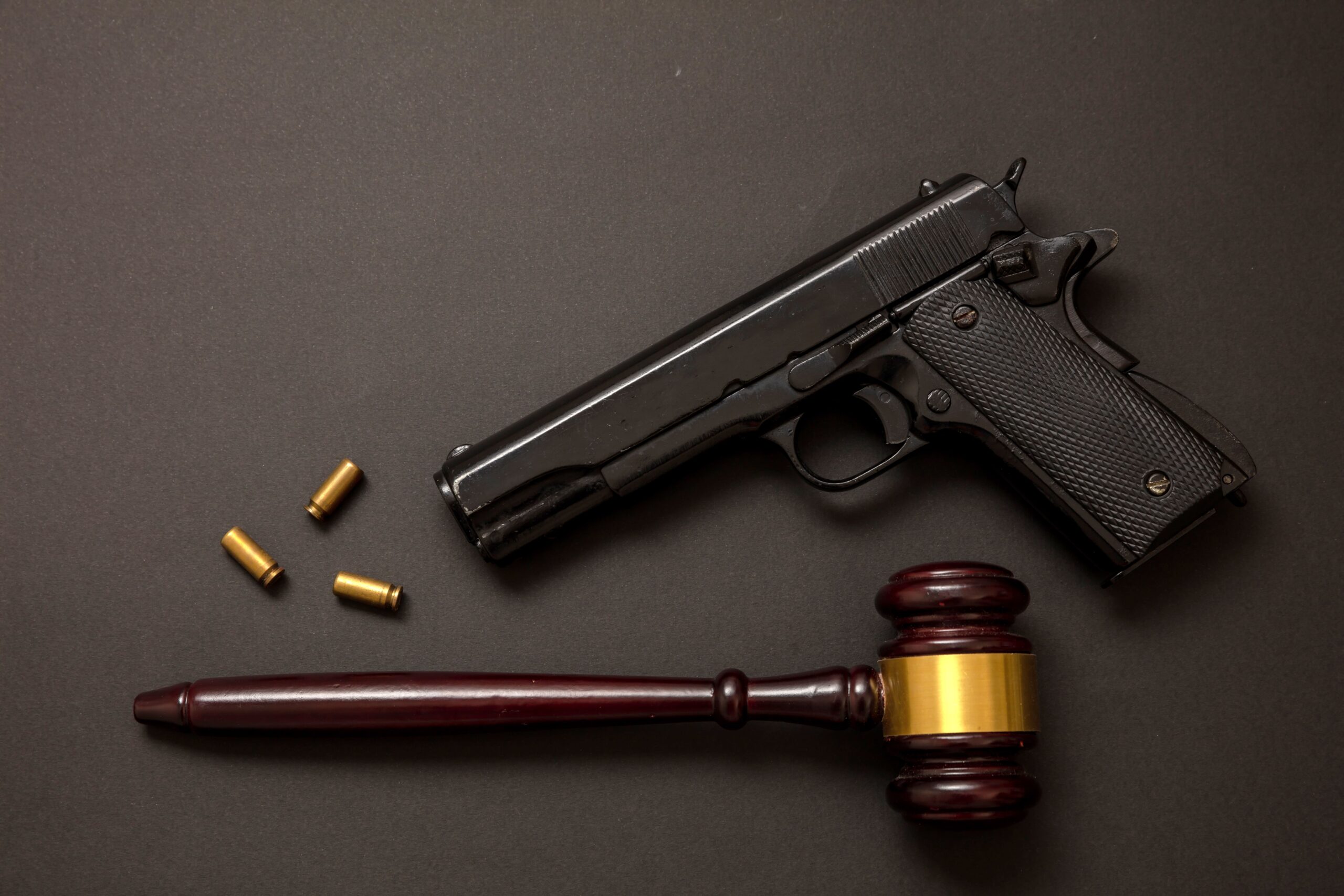In response to the number of mass shootings and the increased instances of gun violence, many states have enacted laws to help prevent these tragedies before they happen. On October 1, 2018, Maryland became the thirteenth state to enact a law known as a “red flag” law, or the Extreme Risk Protective Order (ERPO).
There are specific details about an Extreme Risk Protective Order in Maryland that you should be aware of. We will give you an overview of what an ERPO is, who can request one, and how to file an ERPO in Maryland.
What is an Extreme Risk Protective Order?
An Extreme Risk Protective Order (ERPO) is a court order that will require a person to surrender all ammunition and firearms in their possession to law enforcement. And for the duration of the ERPO, they cannot possess or purchase firearms or ammunition.
It’s important to note that an ERPO is not the same as a peace order or protective order, and there are limits to what an ERPO can do. Although a peace or protective order can require that firearms be turned in, sometimes you may need to file a peace or protective order as well as an ERPO.
Three types of ERPOs
- Interim ERPO — A judge or court commissioner will decide if there are reasonable grounds to issue an interim ERPO. When an interim ERPO is issued, it will remain in effect until the Temporary ERPO hearing. And unless the court is closed, it doesn’t last past the 2nd business day after it’s been issued.
- Temporary ERPO — A judge will hold a hearing to determine if a temporary ERPO should be issued. When issued, a temporary ERPO is in effect until the final ERPO hearing but doesn’t exceed six months.
- Final ERPO — A hearing must be held within seven days after a temporary ERPO is issued. However, the respondent can request that the hearing be postponed for up to thirty days. If the judge feels that the respondent is a danger to anyone by possessing a firearm, they will issue a final ERPO which can remain in effect for up to a year.
Who Can Request an Extreme Risk Protective Order in Maryland?
The person asking for an ERPO is called the “petitioner.” Per Maryland Code, Public Safety § 5-601, only specific people can request an ERPO. These people include:
- Spouse
- Someone you’re cohabitating with
- Blood relatives or a relative by marriage or adoption
- Someone you have children with
- A person you’re dating or have an intimate relationship with
- Current or former legal guardian
- Law enforcement
- Some medical professionals, if they have examined the respondent
Who Can an Extreme Risk Protection Order Be Filed Against?
The person the ERPO is being filed against is the “respondent.” The respondent allegedly poses an immediate and present danger to themselves or others by possessing firearms. There is no age limit on who can be a respondent, so minors can also be a respondent.
Actions that may indicate a potential risk include:
- Troublesome statements or behavior
- Possessing a firearm illegally
- Negligent or reckless use of a firearm
- Threatening violence to themselves or others
- Violating protection or peace orders
- Drug and/or alcohol abuse
- Health records
If an ERPO has been filed against you, you are required to surrender all firearms and ammunition in your possession to law enforcement. Failing to comply with an ERPO can result in your arrest, and if you are convicted, you face jail time, fines, or both. (Maryland Code, Public Safety § 5-610)
How to File an Extreme Risk Protective Order in Maryland
If you can request an ERPO in Maryland, you must complete and submit a petition for an ERPO to the court. You will have to provide specific facts and supporting documentation showing why you think the respondent poses an immediate danger to themselves or others by possessing a firearm. You can also request an emergency health evaluation by filing an addendum summarizing the mental health history of the respondent and behaviors that signal a mental disorder.
After signing the petition, you will need to file it with the District Court or, if they are closed, the District Court Commissioner. There are no fees to file the petition.
Can You Appeal an Extreme Risk Protective Order?
Either party can appeal the decision of the District Court. To do this, you must file a Notice of Appeal with the District Court where the ERPO was issued. Your appeal will then go to the Circuit Court in the county where the District Court is located.
The Circuit Court will make a decision about the appeal within 60 days after the appeal is filed. It’s important to note that while the Circuit Court hears the appeal, the District Court judgment remains in effect. (Maryland Code, Public Safety § 5-606)
While you aren’t required to hire an attorney when filing an ERPO, or if an ERPO has been filed against you, having an experienced, qualified attorney on your side can be beneficial. Hiring an attorney as soon as possible will give them the time needed to properly assist you.
At Jeremy Widder Law, we’re here to help. We have represented hundreds of clients facing various charges. Our goal is to get you the outcome you prefer in court.
Contact us today for a consultation.






